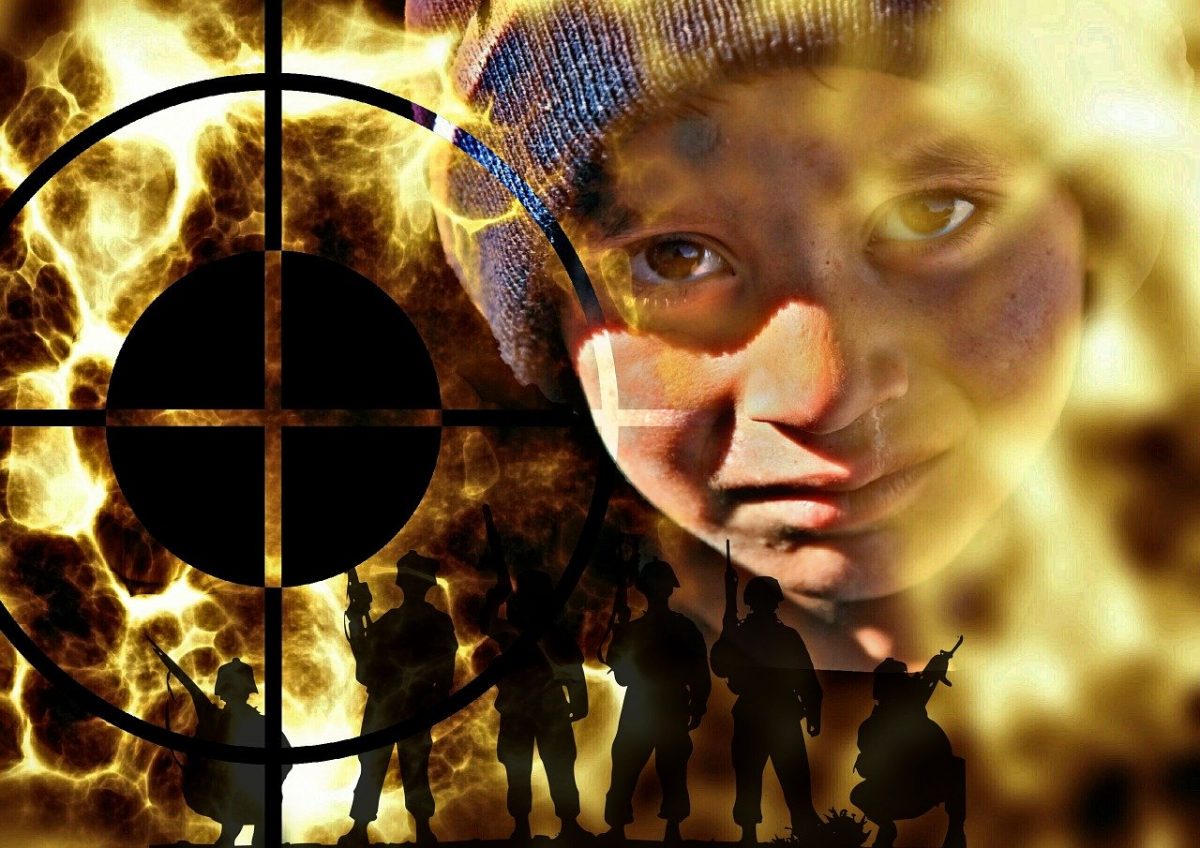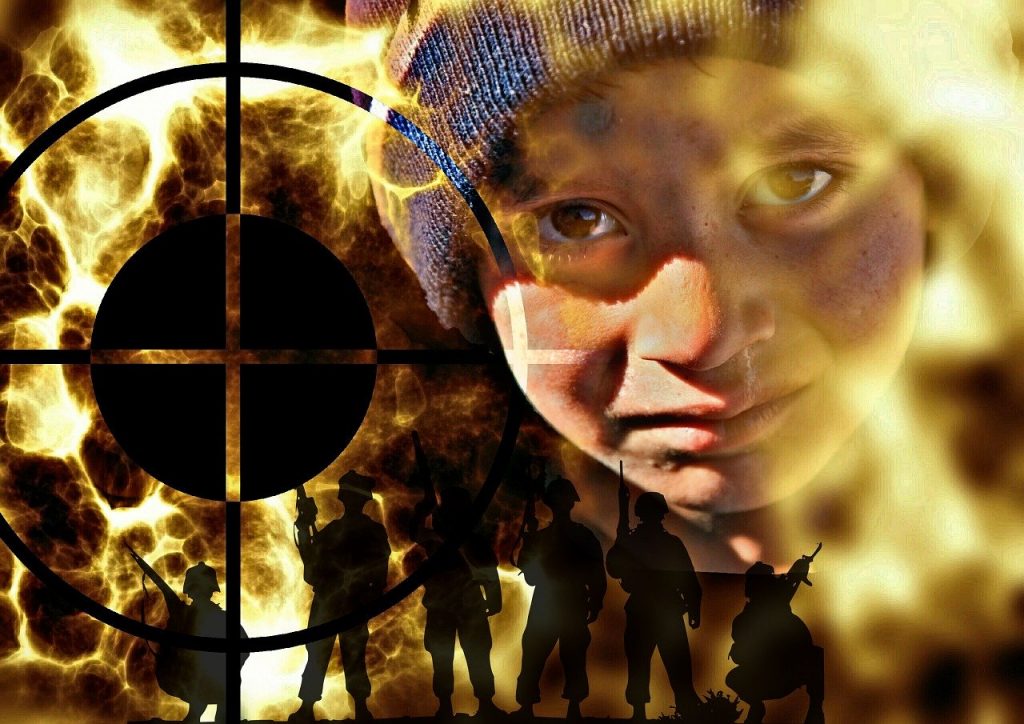

Image by Alexas_Fotos from Pixabay
Only 63,696 of the 1.4 million refugees considered top priorities for resettlement received resettlement in 2019, according to a fact sheet published by the UN Refugee Agency (UNHCR) on Feb. 5.
This is 8,016 more than in 2018, but it represents only 4.5% of refugees in need of immediate resettlement.
UNHCR projects a 12,000-person increase in high priority refugees needing resettlement for 2020.
Africa had the highest number of refugees in need of resettlement (629,744) in 2019, followed by Europe (420,750), Middle East / North Africa (271,297), Asia / Pacific (102,146) and the Americas (4,074).
While the U.S. received the highest number of refugees last year (21,159), this total is significantly down from previous years.
According to Migration Policy Institute data, the annual quota or ceiling for U.S. refugee admissions was nearly 232,000 in 1980 before dropping sharply to 67,000 by 1986.
The ceiling rose again to 142,000 by 1993, declining to 78,000 over the next four years. After rising to 91,000 over a few years, it declined to 70,000 in 2002, a figure that remained largely stable for the next 15 years.
In 2016, the ceiling rose to 85,000 before dropping sharply for the next three years.
This sharp decline reflects policy decisions of the Trump administration, which capped refugee quotas at 30,000 for 2019 (a 15,000-person drop from 2018). The State Department announced in September 2019 that the ceiling for 2020 would be 18,000.
According to Pew Research Center analysis, since 1982 the U.S. admitted more refugees for resettlement than all other nations who accept persons for resettlement.
That changed in 2017 when, for the first time, the U.S. accepted more than 30,000 refugees less than the other nations.
“Resettlement is not a solution for all the world’s refugees but it is a life-saving measure to ensure the protection of those most at risk and whose lives often depend on it,” said Grainne O’Hara, UNHCR’s director of international protection, in a press release announcing the fact sheet’s publication.
The fact sheet is available here.






